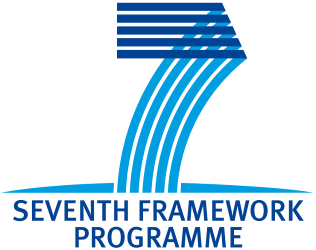Start: 03/2008
End: 02/2012
The overall aims of this project are:
1. to define novel Coronary Artery Disease (CAD) risk genes through further genome-wide association studies (GWAS).
2. to enhance our understanding of how sequence variation modifies system behaviour and confers risk of disease.
3. to develop experimentally verified, computational and statistical models of the regulation of gene transcription in megakaryocytes, with a particular focus on CAD risk genes.
4. to improve phenotyping by automated capture and interpretation of patterns of physical activity in humans or the kinetics of blood cell movement in the zebrafish Danio rerio
The focus of the Human Motion Institute in this project lies on the Measurement of Physical Movement.
Physical activity (PA) is a critical outcome parameter for measuring the efficacy of treatment and rehabilitation for many chronic diseases, as well as often being a therapy in its own right, cardiovascular disease being a prominent example. That it is not as widely or systematically used for this purpose can be attributed to two related factors: First, PA is less likely to be applied within a controlled medical care environment, but instead incorporated within the patient's daily routine. Therefore there are almost no standardized ways for prescribing and controlling either the dosing or the effects of the PA treatment. Various telemedicine devices to monitor physical activity may be able to overcome these problems. The research team is in the unique position to have the technological platform of the 'actibelt' available, an example of such a device being a belt with a high-tech buckle carrying high-precision 3D-acceleration sensors that allow for the continuous, unobtrusive long-term monitoring of physical activity in the course of daily life. Data storage, transmission, analysis and reporting are done with a flexible web-based backbone of customised, partially automated services. This allows supervising physicians to determine compliance with the subscribed 'dose' of treatment with physical activity and to monitor the short- and long-term evolution - deterioration or improvement - of disability, gait and movement disorders.
www.netsim.eu
Funding: European Union Framework 7
back

















